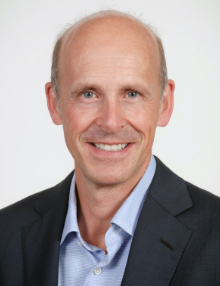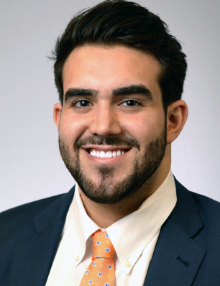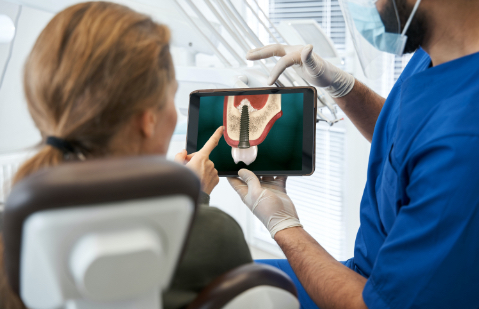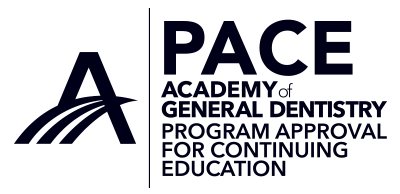Dr. Peter Then has been in private practice limited to periodontics and dental implants since 1995. Throughout his career, Dr. Then has championed excellence in interdisciplinary care to achieve optimal results in the area of perio-prosthetics and implantology. When he joined Spear in April of 2020, it took Dr. Then no time at all to recognize the extraordinary potential in Spear Patient Education.
But he just as quickly realized he'd need to get his entire team on board to be successful. Thankfully, both Dr. Then and his treatment coordinator, Sydney Hall, shared a vision for their patients.
“ Sydney shares my vision for the practice. She often says 'every patient deserves the same experience,' and I believe that's what Patient Education allows us to provide," says Dr. Then. "She's hard-working, socially smart, and she connects well with referring practices and our team. If she weren't on the same page and not willing or able to get the message [about Patient Education] across to the other members of the team, I think it would be an uphill battle. Ultimately, I don't have time to do it all!
Sydney would ultimately prove instrumental in helping the team see the benefits of using Patient Education - for themselves and for the patients. Over time, individual members of the practice team began suggesting new ways to utilize chairside videos to enhance the patient experience in the operatory and well beyond it. This was Dr. Then's intention from the beginning and the hard work paid off.
"I think practice team members must have a big part in implementing Patient Education because they can create some of their own ideas, run with many of the videos, and hopefully say, 'I found this exciting video, why don't we use this?" says Dr. Then. "Patient Education allows team members to have a bigger impact on practice goals. They have more skin in the game. These systems allow a practice owner to be better prepared to provide great service anywhere in the practice."
Together the team developed an approach that would require careful coordination between the front and back office as well as referring offices. To make it happen, the process of broken up into three meetings with specific referring practices and their clinical teams.
In each meeting, the interdisciplinary group would collaboratively select, bookmark and discuss applications for the chairside videos most relevant to their patients. The meeting would culminate in a collective agreement on next steps and a follow-up meeting to address challenges. The goal was to establish continuity of care and develop systems that would allow both teams to combine efforts effectively.
“ This three-step process helps our referring doctors stay accountable, because we see them back in a month for a conversation and feedback. This helps us improve our systems, but most importantly it demonstrates that we care about our referring offices and their patients.
This process required more energy and time upfront, Dr. Then felt strongly that if his practice was going to adopt Patient Education, they would do it right. "If you're not using [Patient Education] consistently, especially with your referring offices, I think that's a major hurdle. When implementing these videos, I believe it simply doesn't work unless dentists are committed to establishing a system and continuously using it," he says.
Today, the practice continues to create, manage, and edit customized chairside playlists in collaboration with their referring practices.
"We're a busy office. In a busy practice, I think you have to have a consistent message and a reliable system [for that message to reach patients effectively]," Dr. Then says. "Sure, we could live without these videos - but I think our referring practices and our patients would lose out in the long run."








